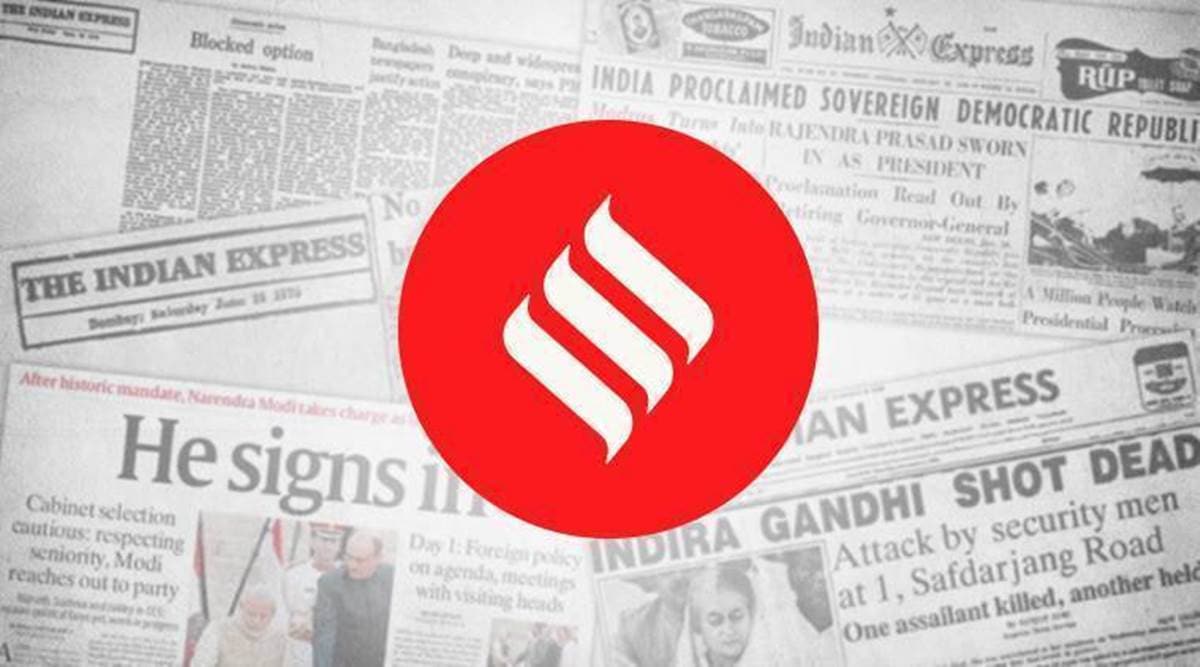 The irony is that he lost the case — Bharati had pleaded in the Supreme Court against the Kerala government acquiring Mutt property over 300 acres under the land reform law on the ground that it violated the constitutional right to property.
The irony is that he lost the case — Bharati had pleaded in the Supreme Court against the Kerala government acquiring Mutt property over 300 acres under the land reform law on the ground that it violated the constitutional right to property.The UN Food and Agriculture Organisation’s global Food Price Index (FPI) has risen for a third successive month in August and reached its highest value since February. This indicates two things. The first is a steady demand recovery after the slump on account of the novel coronavirus-induced lockdowns imposed in most countries, which sent the FPI crashing to a 48-month low in May. The current recovery is primarily led by China, which saw its consumer food inflation soar to 13.2 per cent year-on-year in July, with prices of the politically-sensitive pork up 85.7 per cent. Chinese imports — the country has been buying up huge quantities of soyabean, corn, wheat and feed barley, including (and perhaps ironically) from the US — and a weak dollar (in which most world trade is denominated) are fuelling what seems to be a renewed surge in international prices.
That links up with the second point. The FPI had actually hit a 61-month-high in January, which was reflective of supply tightness building up across many commodities — from palm oil and sugar to rice and skimmed milk powder — following a prolonged period of low producer realisations. In a sense, what is now being witnessed is a resumption of a trend that was interrupted by the COVID-19 pandemic. As economic activity is restored, howsoever gradually, the previous looming shortages could assert themselves in some form. Dry weather in the US Midwest, Argentina and France — plus forecasts of a developing La Nina that could pose drought risks in South America — will only add to the supply uncertainties, even though these may still be outweighed by concerns about demand at least in the near term. In other words, it is a delicate balance.
What should the response of the government and the Reserve Bank of India (RBI) be? Rising global prices would, on the face of it, be a worry when domestic consumer food inflation was already at 9.62 per cent in July. The RBI’s task is complicated by the fact that food items constitute 45.86 per cent of the all-India consumer price index, which makes it difficult to keep overall inflation within the central bank’s 4 per cent comfort level. But on the positive side, the rupee has appreciated against the dollar — from 75.03 to 73.34 since August 20. That, along with the RBI’s own recent change of strategy to allow the rupee to strengthen, should somewhat offset any imported inflationary pressures. Even more positive is the prospect of a bumper kharif crop that will soon start arriving in the mandis. Moreover, La Nina isn’t bad for Indian farmers, as the rains from it normally benefit the winter-spring rabi crop as well. Right now, the only performing sector of the Indian economy is agriculture. Global food prices looking up would help more than hurt.